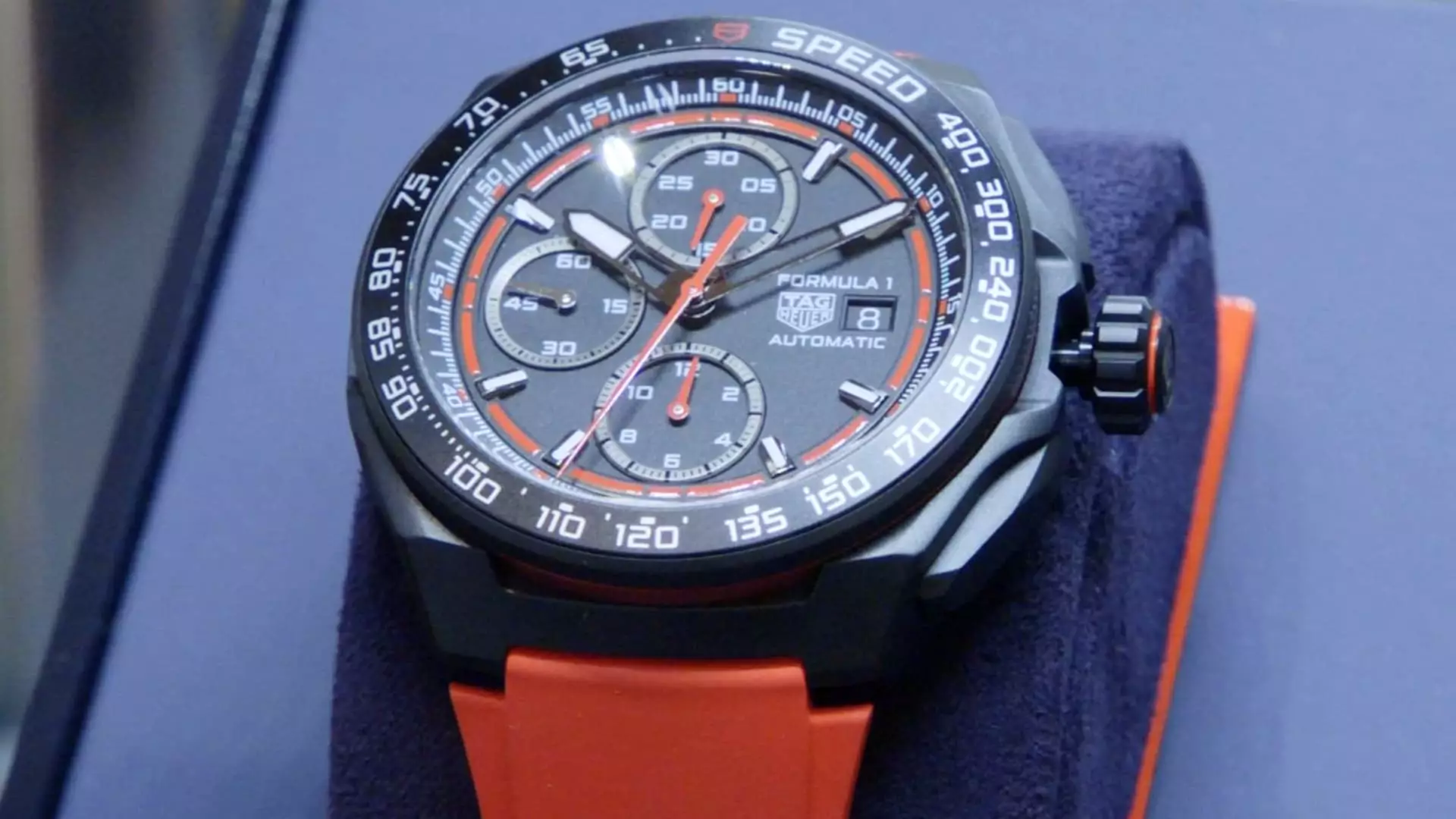Luxury goods industry giant LVMH has recently showcased impressive growth within its watches and jewelry segment, reversing a trend of declining sales that characterized much of the previous year. Following a series of downturns, the company’s latest quarterly report revealed a modest sales increase of 3% in its watches and jewelry group. This rebound is particularly noteworthy as it not only outperformed other core divisions, such as fashion and leather goods—which experienced a 1% dip—but also saw better results compared to wine and spirits sales, which fell by 8%. This recovery has led to a more optimistic outlook among the brand CEOs of LVMH, who express cautious optimism for 2025, especially buoyed by revitalized consumer spending in the American market.
The CEOs from various LVMH brands assert that a notable resurgence in American consumer confidence is instrumental in driving demand for luxury watches and jewelry. Jean-Christophe Babin, CEO of Bulgari, remarked on the surprisingly positive trends observed at the outset of the year. Similarly, Anthony Ledru, CEO of Tiffany & Co., highlighted that renewed clarity following the recent U.S. presidential elections has seemingly invigorated the wealthier demographics’ spending habits. The changing political landscapes often evoke shifts in consumer sentiment, which, in turn, heavily influences luxury spending. “We need that feel-good factor to succeed in the luxury world,” Ledru articulated, emphasizing the critical role of consumer sentiment in driving engagement and purchases.
Despite the optimistic projections, there are looming uncertainties that could hinder the potential growth trajectory. The shadow of impending U.S. tariffs on luxury goods, particularly for high-end watches crafted in Switzerland and various French products, remains a significant concern. The unpredictable nature of governmental trade policies can create a chilling effect on the luxury market. Nevertheless, the premier watch and jewelry brands within LVMH are moving forward with bold new releases, demonstrating proactive strategies to maintain momentum. Brands like Louis Vuitton have introduced innovative collections, such as the highly anticipated “Tambour Taiko Spin Time,” which features unique design elements inspired by the nostalgia of classic airport displays.
Louis Vuitton is on a mission to solidify its reputation as a prestigious watchmaker, with aspirations to join the ranks of top-tier collectibles. Jean Arnault, director of Louis Vuitton watches, emphasizes a long-term vision for watchmaking excellence and quality assurance. His confidence in building this legacy highlights an overarching trend within luxury brands to distinguish their craftsmanship through high complications and premium pricing.
Similarly, TAG Heuer’s strategic partnership with Formula 1 has yielded immediate positive sales reactions, signaling that brand collaborations can leverage existing fan bases and amplify visibility. The world of social media further enhances this dynamic, offering brands prompt feedback on their initiatives. TAG Heuer’s new Formula 1 collection is another example of how luxury brands are adapting to market trends and consumer interests effectively.
Tiffany & Co. also boasts significant strides in the luxury market, having reported a remarkable 9% growth in same-store sales. The renovation of its flagship store on Fifth Avenue has propelled it to a prominent position, with features that allow for an enhanced, premium in-store experience. With a focus on upscale clientele, the brand has managed to double its average price points since becoming part of LVMH.
Tiffany’s move towards catering to high-net-worth individuals is evident in its curated collections and heightened exclusivity. The transformation seen in Tiffany highlights the feverish pace at which luxury retailers are evolving to meet the expectations of a changing customer base, which increasingly includes affluent women purchasing jewelry for themselves rather than as gifts.
The rising economic power of women across the globe is redefining luxury purchasing patterns. CEO Babin noted the significant shift in purchasing demographics, wherein luxury purchases were predominantly men buying gifts for women. However, with more women gaining financial independence and status, they are now important customers for luxury brands, reshaping market dynamics drastically.
Despite potential challenges presented by tariffs, LVMH’s leadership is confident it can adapt and remain resilient. The interconnectedness of global economies suggests that affluent consumers will continue traveling for luxury purchases, a strategy that could mitigate the impact of domestic pricing shifts. The strong dollar currently makes purchasing luxury goods abroad an appealing option for many Americans.
Overall, LVMH’s latest developments within its watches and jewelry segments suggest a promising recovery in the luxury market, driven by American consumer confidence and strategic innovation. While challenges associated with tariffs loom in the background, the industry seems poised for growth. Luxury brands that prioritize high-quality offerings, customer experiences, and strategic marketing will likely succeed in capturing the interest of new and returning clients. The evolution of customer behavior, particularly among women in luxury retail, indicates that the industry must remain agile and responsive to maintain its upward trajectory in an ever-changing economic landscape.


Leave a Reply